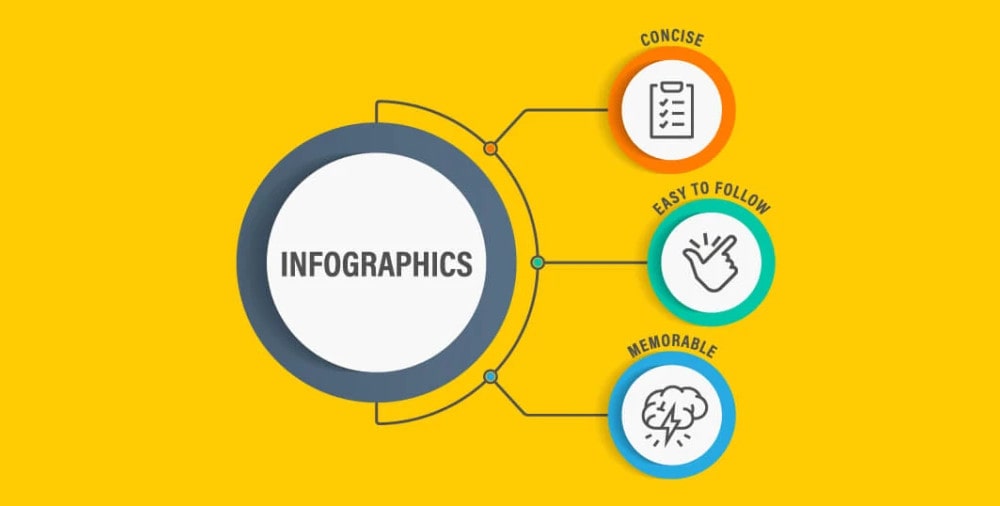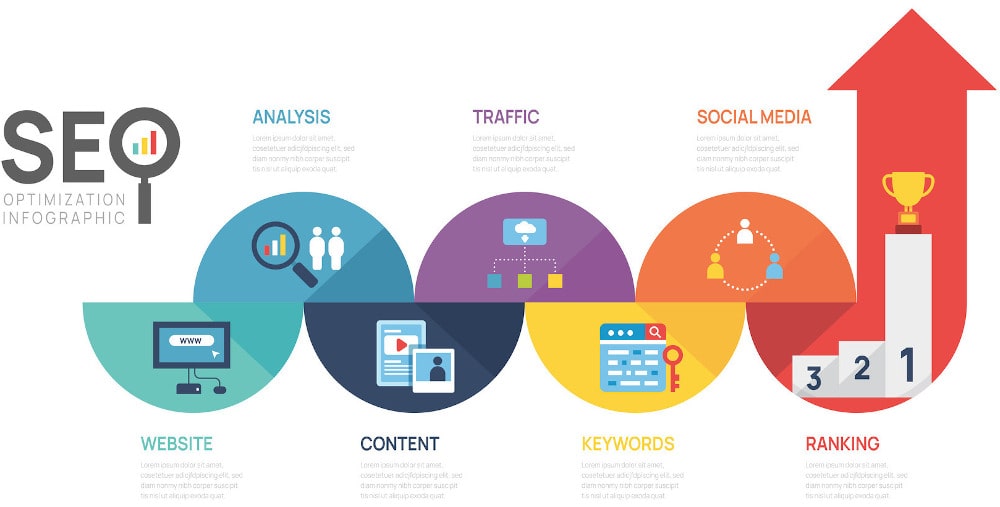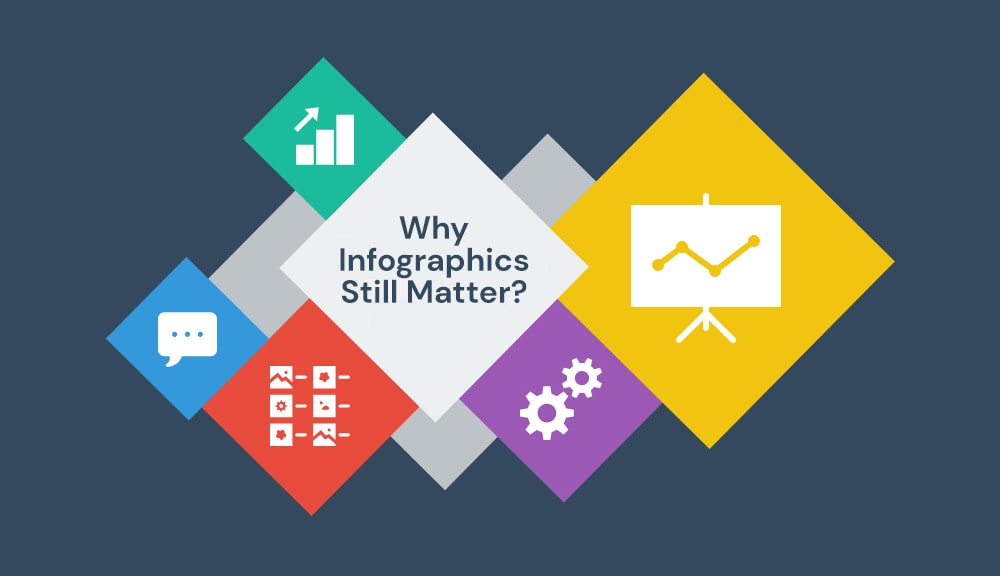Reasons Why Infographics Still Matter in SEO

Content research and artwork by SEOlogist
Infographics and SEO: A match made in heaven?
Infographics are a hugely popular information format both in print and online. Like the video and the use of data, infographic design now appears in most internet articles; just hop onto any major media website and you'll see information delivered through one. It's true - the infographic is everywhere, and for inbound marketing, it is a must. In fact, 65% of the people that hit your page are visual learners.
Enhanced User Engagement
There are lots of reasons for this. The best infographics communicate often complicated information in a simple way. Large data sets or figures can be compressed to a more easily understandable value and, with the help of some snazzy design tricks, help the reader to appreciate what is really being said.
Aside from that, infographics are colorful and attractive. They grab a reader's attention and they hold it. High quality infographics are 30 times more likely to be read than text articles. Through a combination of images and words, they can tell a story. If someone sees an infographic in an article, they are more likely to click on that article. And it's a great way to break up a boring big chunk of text. Why read 500 words when an infographic will do?

Visual Impact
But many people do not associate the illustrated infographic with SEO. After all, the infographic deals with images, not words. And to an extent that's true; you can't pack a chart or graph with hundreds of keyword phrases. You can leave a lasting impact on those who come across your content through the use of colors and images. Recent studies have shown an 82% increase in readers' attention spans and recall through the use of colors in infographics.
Despite this belief, infographics remain a fundamental part of the package for any website hoping to generate backlinks, produce proper link building, and, more generally, see traffic inflow rise.
In this article, we'll explain why infographics are an adaptable and practical means of communication and marketing and why they should remain a key part of your SEO strategy.
The Importance of Infographics in SEO: Yes, They Still Matter
Visual stimuli is known to be attractive to humans. We like the flashing lights and pretty colors. For that reason, people will often show more interest in clicking on infographics than plain text. But let's drill down into the reasons behind it.
Great Link Building Pieces
There are a million types of infographics, from education to entertainment. They're incredibly pliable and adaptable to almost any area, and this is their beauty. When an infographic is done well, it is packed with quality, researched information and figures that can be shared. When your website offers exciting tidbits of information that together form an incredible and compelling whole message via infographic, it gets shared. This will help you get free backlinks to your website.
How? By adding an embed code, when someone copies and pastes your image onto their website, it automatically creates a backlink to your site. This makes it a perfect technique for enhancing your SEO strategy.
Help with Image Search
SEO is about ranking a website among the top echelons of Google search. Well, with the help of infographics, your website can climb the image search results. Visual content has significantly increased influence; today, nearly 30% of the results returned by Google are images. This is important because it's separate from the standard keyword search. So, your website is more likely to appear if people search for your information via Google's usual text-based search or images. Just make sure your infographic is jam-packed with quality information.

People Stick Around
You might think that by leaving infographics out of articles and instead including more words, people will stick around longer because it takes longer to read a mountain of words. Well, you'd be wrong. As newspapers and other websites rely heavily on advertising that demands metrics like time on page, visitors are often less inclined to stay on a page if they're met by a wall of text. Only if the writing is superb, engaging, and unique, they will remain. Lucky for you, great infographic ideas improve stick rates, meaning that people are staying longer more frequently.
Why do Infographics for SEO Still Matter?
We've looked at the whys, now let's look at the hows. In this section, we'll look at how infographics justify their inclusion within the inbound marketer's arsenal and remain a key piece of a happy, lead-generating website.
So, why is it worth including infographics in an SEO strategy?
| Reason | Explanation |
| Boost Brand Awareness |
|
| Ideal for Sharing |
|
| Adaptable |
|
| Direct Communication |
|
| Improves Attractiveness |
|
| Creates Business |
|
| Aids in Marketing |
|
So there you have it. We've listed all of the reasons to explain why infographics are an effective part of the inbound marketer's arsenal. From brand awareness to marketing and direct knowledge transfer to website attractiveness, infographics remain a major part of the SEO process.
Whether you're building SEO in Toronto, New York, or anywhere else on planet earth, you should be utilizing infographics in your strategy. Miss them, miss out.
Are you ready to harness the power of infographics for your SEO strategy? Contact us today to explore how our expertise can help amplify your online visibility and drive meaningful results.
By optimizing your content to target Featured Snippets, you can increase visibility, attract more clicks, and establish authority in your industry. Don't miss out on driving organic traffic and engaging potential customers effectively.
Contact SeoLogist today and discover how our expertise can help you dominate search engine results. Let's turn your content into your niche's go-to source for valuable information. Take action now and watch your visibility soar!






